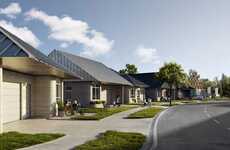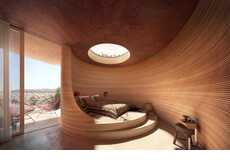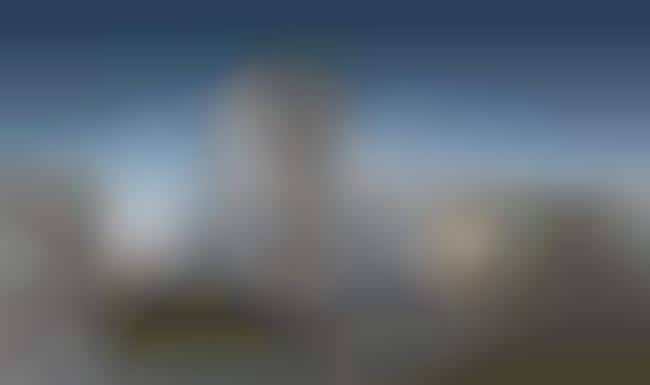
These Fully Functional Cement Structures Will be Built in Dubai
References: multivu & treehugger
WinSun plans to create massive 3D printed office buildings that will take up 2,000 square feet. The buildings will be created using 3D printing technology through a layering process to add multiple levels to the buildings.
The office buildings will be located in Dubai and will be fully functional to accommodate employees of the new 'Museum of the Future.' The unique architectural appearance will make the buildings look like horizontal rectangles with smooth rounded corners. The structures will be made of reinforced fiber cement.
Engineers and architects Gensler, Thornton Thomasetti and Syska Hennessy created the design concept, which is consider to be "the world’s first fully functional 3D printed building." The concept is currently in progress but the end goal is nearing the stages of reality.
The office buildings will be located in Dubai and will be fully functional to accommodate employees of the new 'Museum of the Future.' The unique architectural appearance will make the buildings look like horizontal rectangles with smooth rounded corners. The structures will be made of reinforced fiber cement.
Engineers and architects Gensler, Thornton Thomasetti and Syska Hennessy created the design concept, which is consider to be "the world’s first fully functional 3D printed building." The concept is currently in progress but the end goal is nearing the stages of reality.
Trend Themes
1. Massive 3D Printing - The use of 3D printing technology to create large-scale office buildings presents disruptive innovation opportunities in the construction industry.
2. Functional 3D Printed Buildings - The development of fully functional 3D printed office buildings opens up new possibilities for sustainable and cost-effective architectural designs.
3. Designing with 3D Printing - The collaboration between engineers and architects in creating the world's first fully functional 3D printed building showcases the potential for interdisciplinary design innovation.
Industry Implications
1. Construction - The construction industry can explore the use of 3D printing technology to streamline building processes and reduce material waste.
2. Architecture - Architects can incorporate 3D printing into their design process to push the boundaries of traditional construction techniques and create unique structures.
3. Sustainable Materials - The production of reinforced fiber cement through 3D printing presents opportunities for the development and utilization of more sustainable building materials.
6.3
Score
Popularity
Activity
Freshness























